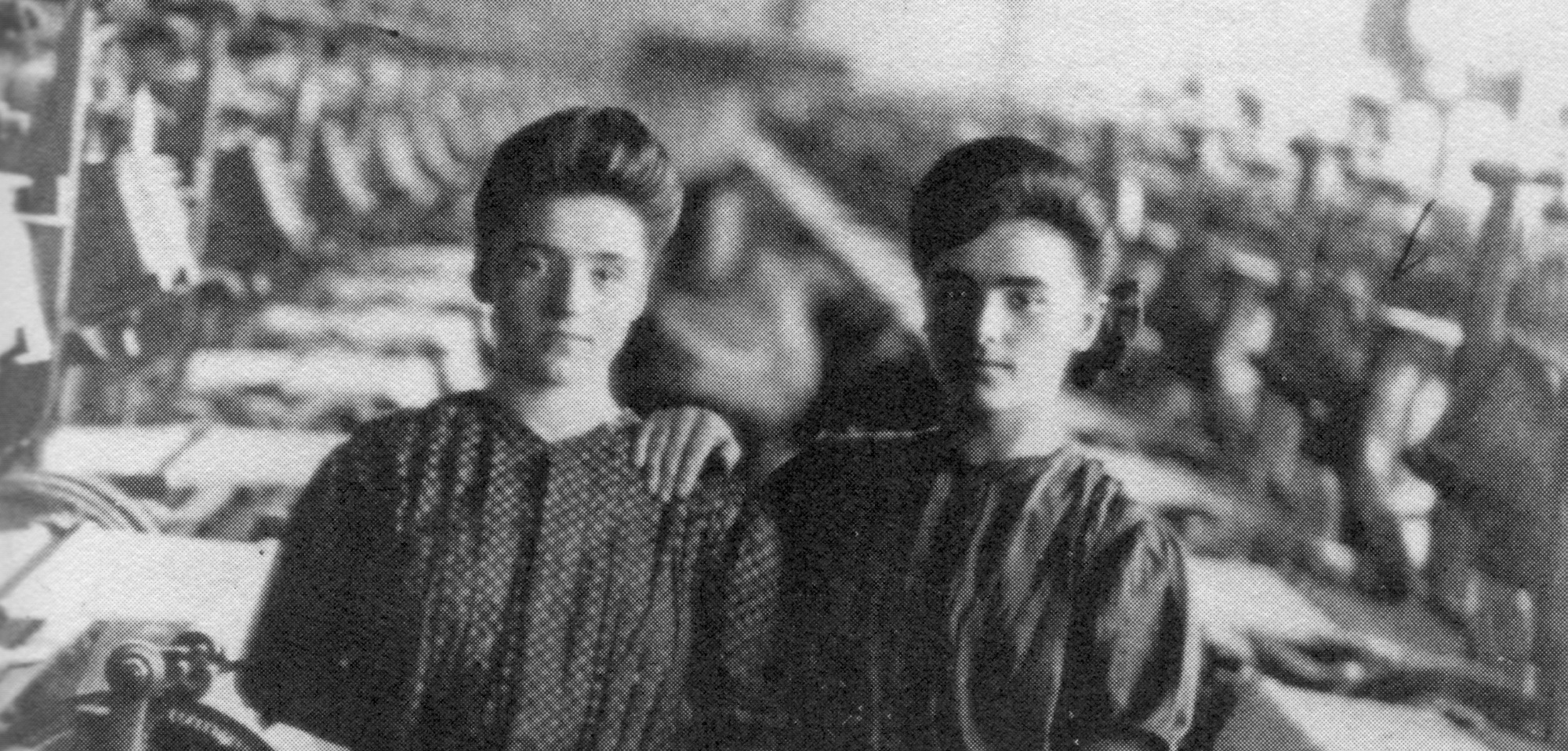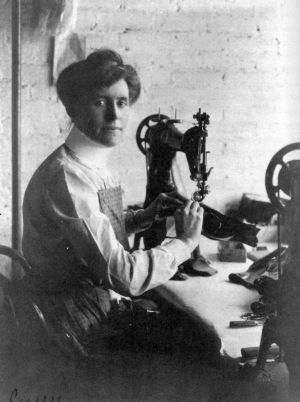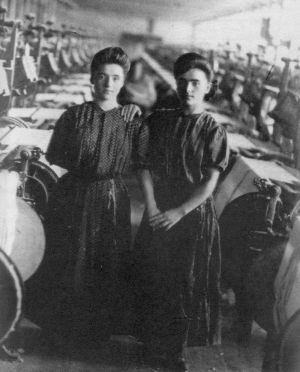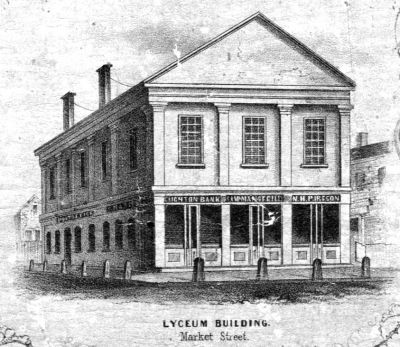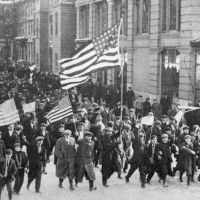Primary Source
THE BAY STATE STRIKE. MOVEMENT AMONG THE WOMEN
In company with some of the Boston correspondents, I yesterday visited the town of Marblehead … to witness the doings of the mass meeting, composed of the combined forces of Lynn and Marblehead.....
The most interesting part of the whole movement took place last evening, and will be continued tonight. I refer to the mass meeting of the binders and stitchers held by
THE FEMALE STRIKERS AT LIBERTY HALL
….The streets were thronged with girls of various ages and sizes—some twelve years old, and others forty….
The hall was filled to its utmost capacity. The ladies were such as you can imagine free, self-supporting, fearless, happy women to be. We have seen many assemblages of women, but have never beheld a more intelligent, earnest, "peart" set, than were in Liberty Hall last night.
The object of the meeting was the hearing the reports of the Committees who had been deputed to make a list of reasonable prices [paid for finished work], and to solicit the girls of Lynn and the surrounding towns to join the strike movement.
There are two classes of workers—those who work in the shops and those [who] work at home—the former use the machines and materials of the bosses, while the latter work on their own machines, or work by hand, furnishing their own materials. It is evident that the latter should receive higher pay than the former, and the report not having considered this fact, was subjected to severe handling. The discussion which followed was rich beyond description—the jealousies, piques and cliques of the various circles being apparent as it proceeded. One opposed the adoption of the report because "the prices set were so high that the bosses wouldn't pay them." Cries of "Put her out," "Shut up," "Scabby," and "Shame!" arose on all sides, but, while the reporters were alarmed, the lady took it all in good part, and made up faces at the crowd….
Two ladies, one representing the machine interest, and the other the shop girls, became very much excited, and were devoting themselves to an expose of each other's habits, when the Chairman, with the perspiration starting from every pore, said in a loud and authoritative tone of voice: "Ladies! look at me; stop this wranglin'. Do you care for your noble cause? Are you descendants of MOLLY STARK or not? Did you ever hear of the spirit of '76? [yes, yes, we've got it.] Well, then, do behave yourselves."
All parties proposed to adjourn to Tuesday night, when they would have speeches and be more orderly. Canvassing Committees were appointed to look up female strikers and to report female "scabs." And with a vote of thanks to the Chairman, the meeting adjourned.
New York Times, February 29, 1860.


